Tokyo Revisited Day 15
A variety of subtle and minor cultural differences between Japan and American occur to me as navigate Tokyo. During my two weeks here, I’ve seen about a half-dozen women wearing traditional Japanese kimono or similar attire on the street, but to a person the women have been elderly ladies. I wonder to myself if these women are individuals who have spent a lifetime wearing traditional Japanese clothing, if they’ve only adopted the grace of tradition with maturity, or if they represent a contrast with the contemporary, younger generations of Japanese citizens who aren’t interested in the formality of traditional Japanese attire.
During my two weeks here I think I’ve seen only two people besides my friend Jon use a credit card. Ironically, in such a techno-centric urban society, cash is still king to the extent that residents still have to manually pay their monthly utility bills in cash payments at the local convenience store instead of mailing a check or paying online via credit card or bank transfer.
Claustrophobic people should probably avoid the toilet and even the shower in a typical Tokyo apartment.
The country is very ecologically conscious, to the extent that even heavily industrialized areas like the Tokyo docks still ensure that space is left for patches of trees and grass.
Trains and commercial buildings are air conditioned, but private homes and apartments don’t have central air, frequently resulting in apartments that are hotter indoors than out during the summer. Japan is so environmentally conscious that the cellophane wrappers on plastic beverage bottles are designed to be easily removable because the plastic “pet” bottles and their form-fitting plastic labels require different varieties of recycling treatment, thus they can be separated into “pet bottle” recycling bins and “regular plastic” recycling bins. Yet despite all this seeming obsession with cutting carbon footprint, Tokyo residents discard umbrellas with the frequency that Americans discard used drinking straws. And on rainy days practically every retail establishment encourages the use of one-time-use disposable plastic wet-umbrella sleeves.
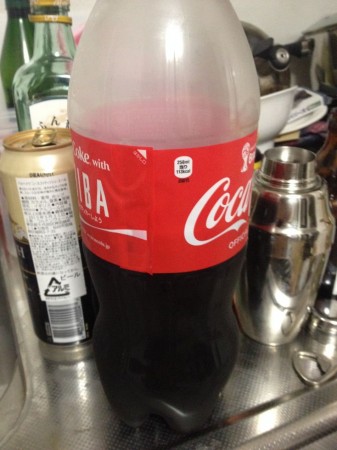
I’m constantly fascinated by Japanese sidewalks and train station stairwells that are labeled “Stay to the left here” or “Stay to the right here” or labeled with arrows that designate where pedestrian traffic should move in order to ensure practical, convenient through-way for all. The sidewalks also contain permanent messages prohibiting smoking on the street.
Although televised anime is largely relegated to very early weekend mornings or very late at night, anime imagery seems to be nearly everywhere here in Tokyo. Train stations are filled with billboards advertising new TV shows and collectable card games. Pachinko parlors are everywhere, nearly every single one of them adorned with not just anime imagery but even giant LED monitors that loop promotional anime clips advertising the latest pachinko machines. The print ads and even video monitors in the trains use anime imagery. Yet despite the omnipresence of anime visuals, the artists that actually draw and paint all of this anime continue to work for near slave wages and minimal benefits and recognition.
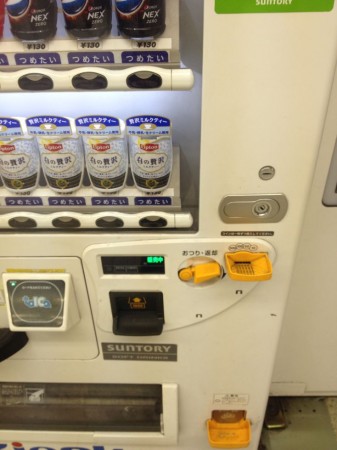
Tokyo, especially, seems like almost a fantasy city in the regard that it’s a town deliberately made to be convenient. Life is difficult everywhere, and everyone on the planet suffers personal difficulties and anxieties. Tokyo residents are naturally no different. But the city itself is built to allow residents to entirely fulfill their every daily need within roughly a 20 minute range. Tokyo residents can spend a lifetime without a driver’s license because the trains are so ubiquitous and convenient. One could spend months in an area without sampling all of the local restaurants. For entertainment, a movie theater, pachinko parlor, anime shop, or bar is never more than five minutes away. The entire city is designed to enable quick and painless access to any and everything that a resident needs, thus residents get spoiled. Americans routinely drive an hour to work, yet here in Tokyo having to ride trains for more than 20 minutes renders most destinations too far away and too inconvenient to bother visiting. Countless Japanese residents never leave the small island nation, and Japanese TV is ripe with tourism shows that only focus on internal Japanese destinations because the country feels so insular, so self-contained, and so self-sufficient that residents are almost immediately lulled into a sense that everything necessary and interesting lies near at hand, so there’s no reason to travel farther than ten miles for anything or any reason. America, on the other hand, is so wide and spread-out that in the same way that Japanese residents instinctively think immediately locally, within their own neighborhood, Americans don’t even think twice about hundred mile drives or weekend jaunts to other states hundreds of miles away.
***
After two days of dreary, wet weather, Tokyo decided to be considerate to me and grant me an ideal day to visit Odaiba, the artificial island city in Tokyo Bay. My primary goal was to see the RG1/1 RX-78-2 Gundam. Jon has seen the mecha before, and as a psychologically nationalized Japanese, the idea of three train transfers was far too much trouble for Jon, so he stayed home while I went out on my own. The 1,000 yen bill I still had, I fed into the station’s ticketing machine to put ten bucks of credit onto my Suika rail pass. That left me with roughly ten bucks in change in my pocket. I took the Chuo Rapid line to Kanda then switched to the Yamanote line until Shimbashi. I exited the Shimbashi station via the Yurikamome exit then walked across an open concrete courtyard into the Yurikamome “New” rail line station. To my relief, my Suika card was valid on the Yurikamome monorail, so I examined the English captioned signs and figured out which train I wanted.
On the train, I had a moment to realize that the train I selected was practically irrelevant. The Yurikamome monorail that stops at Odaiba runs on a 31 minute loop of 16 stations. Daiba is the 7th station, so taking the train going in either direction would still get me to Odaiba in nearly the same length of time.
I exited the train at the Daiba station and followed the signs pointing toward the Diver City mall.
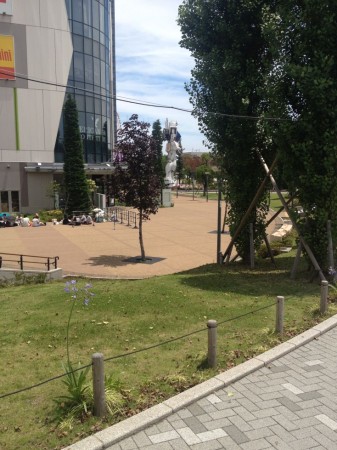
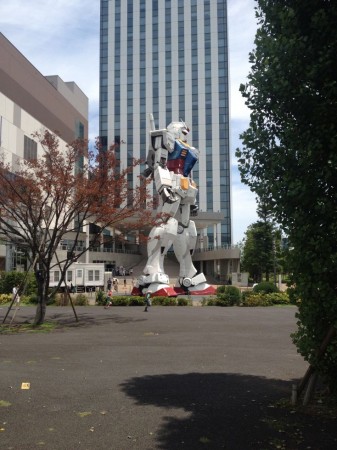
The life-sized Gundam is surrounded by a knee-high chain fence, and roughly 20 people milled about snapping photos. The exhibit is impressive in the regard that it’s fully authentic looking. The life-sized Gundam doesn’t look like a statue at all. It convincingly looks like a real military weapon that could actually dash about and begin fighting at any second. At the same time, it’s dwarfed by the shopping mall building behind it, and I found myself thinking that if the statue were anywhere else besides one of the world’s most urban cities, it would seem more unique, modern, and impressive. But after spending two weeks surrounded by gigantic modern buildings and riding commuter trains, the Gundam sadly felt just a little bit ordinary, like just another aspect of the modern Tokyo scenery.
I noticed that at five-foot-ten, I just barely came up to the height of the Gundam’s ankle.
I snapped photos of the nearby Gundam café then wandered into the Gundam Front gift shop trailer that rests behind the mecha.
Then I wandered into the Diver City mall, an 8-floor mall filled with restaurants, attractions, and primarily conventional touristy and fashion stores.
I wandered out and almost immediately found myself lost. I walked past the TV Tokyo building and eventually located the Aqua City mall that has a Toys’R’Us in its bottom floor.
Having visited this particular Toys’R’Us store a number of years ago, I was prepared not to be tremendously impressed, and I wasn’t. The store is ideal for parents searching for mainstream, generic children’s toys, but otaku searching for specific branded toys will have much better luck elsewhere. They boys’ toys section encompassed only five aisles of the store. The plastic model aisle was filled with Yamato 2199 and Gundam kits.
Ultraman toys received nearly an entire side of an aisle to themselves.
The only Transformer toys in stock were all from the upcoming “Transformers: Lost Age” (as it’s known in Japan) film. Regrettably, I didn’t see any toys commemorating the upcoming Japanese release of the Godzilla movie.
I exited into the Aqua City mall and browsed around a bit.
I was momentarily excited to see a “Volume 2: Tokyo Oppai Pudding,” but I decided that my Akihabara version would be a sufficient souvenir.
I walked out onto the boardwalk, snapped a photo of Tokyo across the Bay, then walked down the walkway past Decks Tokyo Beach mall, eventually ending up at the Odaiba-Kaihinkoen train station, the station prior to the one I’d disembarked from.
On the train ride back to Shimbashi, I spotted the Hayao Miyazaki designed clock that I’d entirely forgotten about.
Leaving the train at the Shimbashi station, I walked back about a block to the Nippon Television headquarters building in order to snap good photos of the giant timepiece.
I found myself there at ten minutes to one, fifty minutes after the last time the clock engaged its elaborate mechanism and over two hours before the next time it would chime. So I took the escalators two floors down to the ground floor where I spotted the disturbingly sadomasochistic benches that surround the front of the Nippon TV building.
Inside the building’s gift shop, I was immediately taken by a “roaring Totoro” desk fan.
I was also enamored with replica Gatchaman Crowds notebooks. I’m pained every time I leave an anime shop without purchasing anything, but I did leave empty handed.
Across from the NTV building I stepped into a Mini-Tower record store to examine the new release X Japan: The World greatest hits album. I’m tempted by the limited edition’s inclusion of a 60 page booklet and DVD covering the 2009-2011 world tour. I attended the October 10, 2010, concert that coincided with Toshi’s 45th birthday. At just shy of $50 for the three disc limited edition that includes a CD of remastered greatest hits, a second CD of “Art of Life,” and a DVD that contains a “Trailer of X JAPAN World Tour 2009, 2010 & 2011,” as much as I want the release in the hopes that it commemorates the particular show I saw, it feels too much like a blatant cash grab. I think I’m going to pass on purchasing it because it’s just too darn expensive considering the lack of new content.
With the change in my pocket, I decided that I’d return to Yotsuya station and purchase a bento from the supermarket in the Atre shopping mall inside the station. When I looked carefully and realized that all of the tasty-looking bento started at 500 yen, I realized that I could just get a hot beef bowl at Yoshinoya for the same price. (Jon informed me later on that the other supermarkets in the area are appreciably cheaper than the one in the station.)
The Yoshinoya was, as usual, packed, so I walked past it, up the road to the Matsuya, the Burger King to Yoshinoya’s McDonald’s status. To my pleasant surprise, a large gyudon at Matsuya cost 50 yen less than Yoshinoya, included a bowl of miso soup, and tasted nearly identical to a Yoshinoya beef bowl. The significant difference I noticed was that Yoshinoya restaurants leave pitchers of ice water on the counters. Matsuya gives guests an initial cup of ice water, then tea is self-serve, which is of little help to me since I dislike the taste of tea and coffee.
Add a Comment
You must be logged in to post a comment.
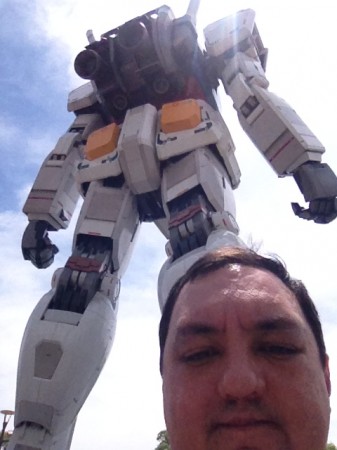
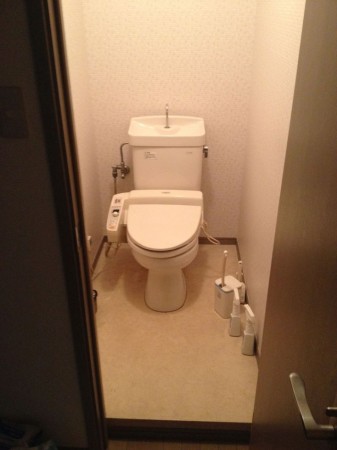
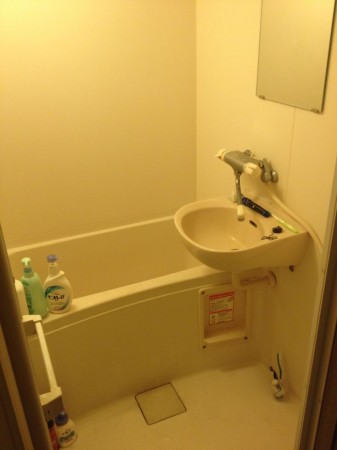
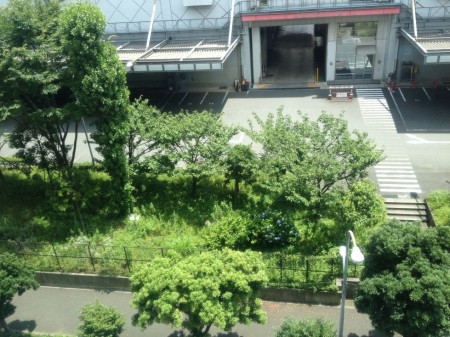
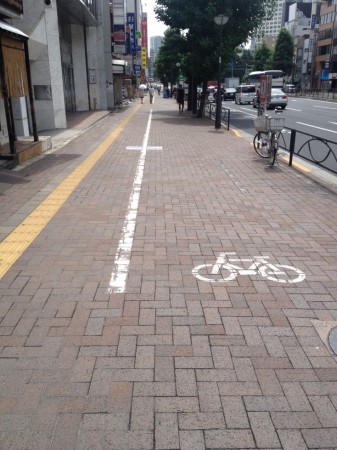
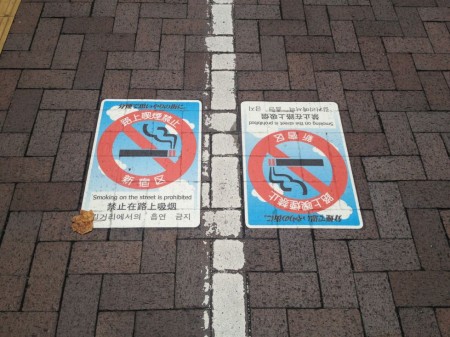
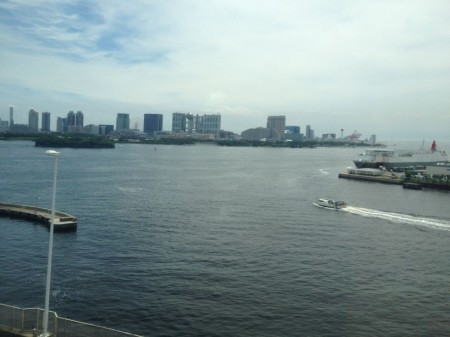
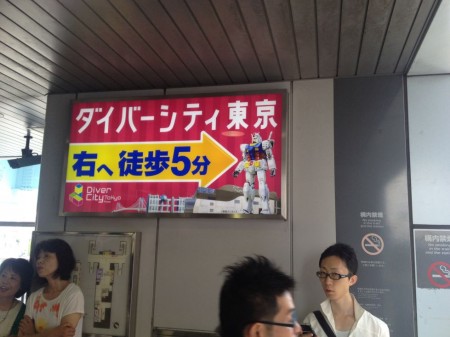
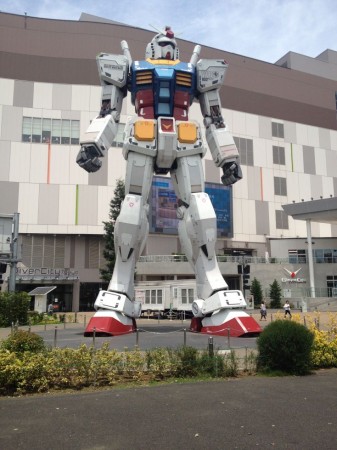
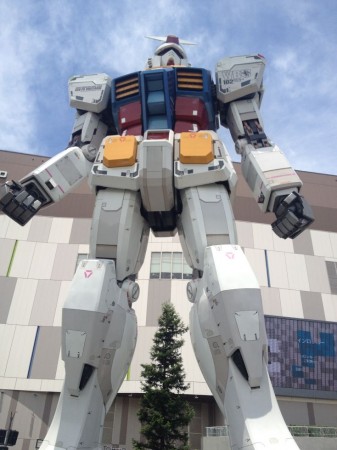
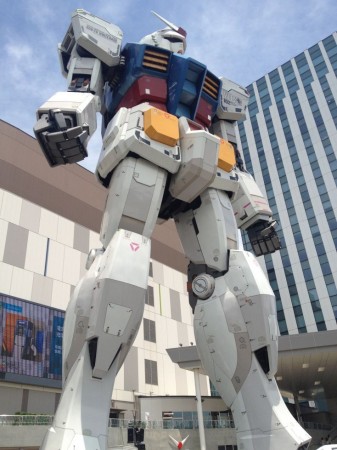
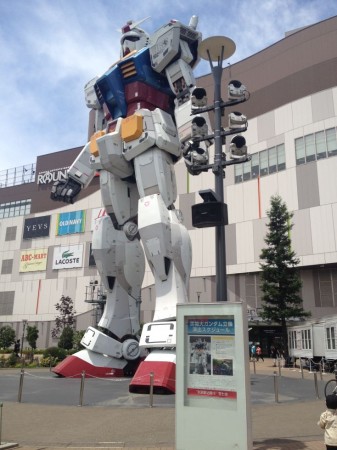
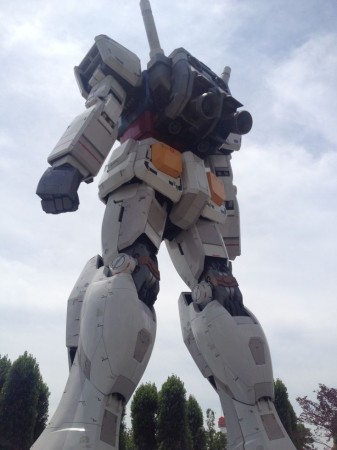
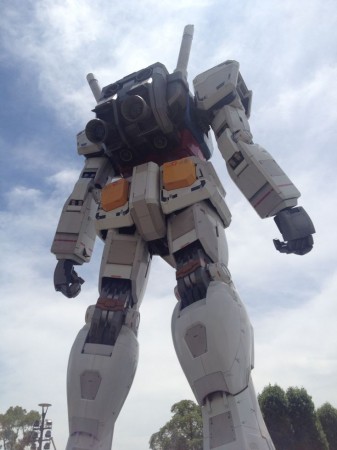
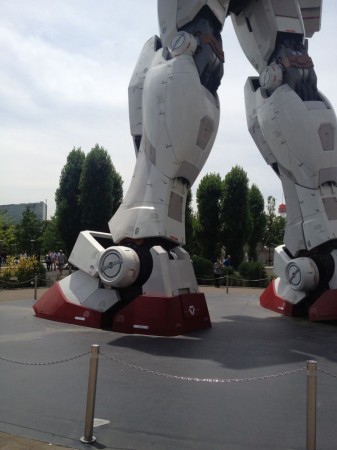
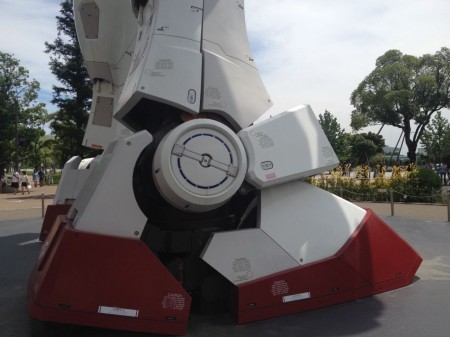
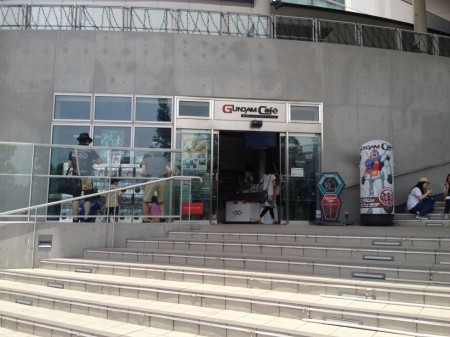
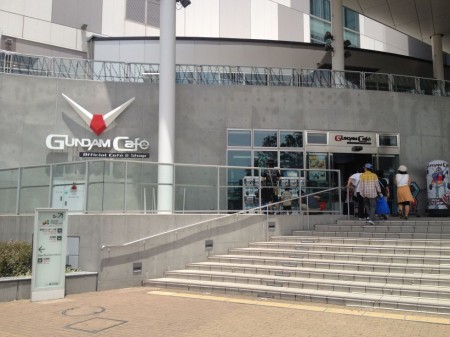
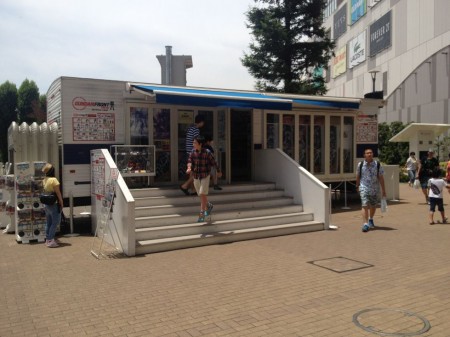
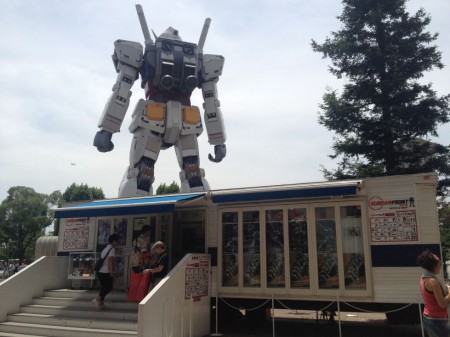
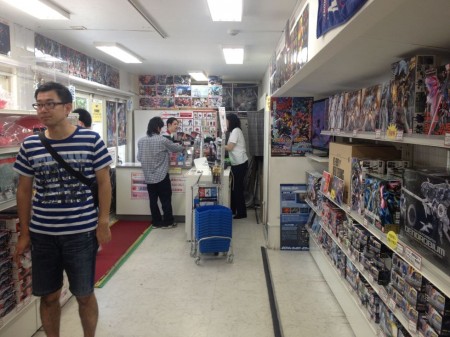
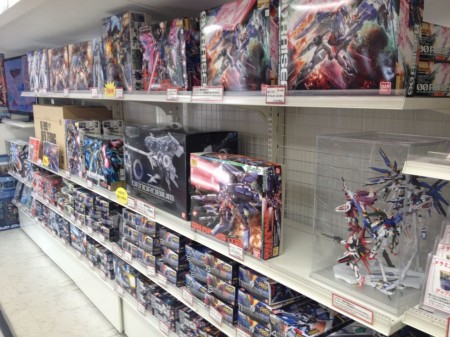
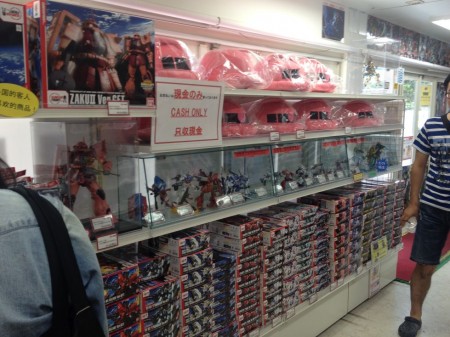
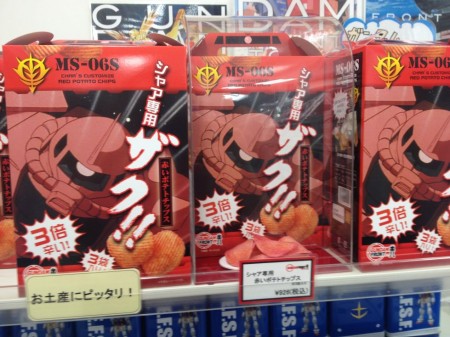
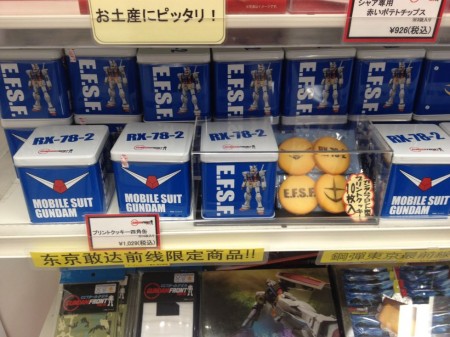
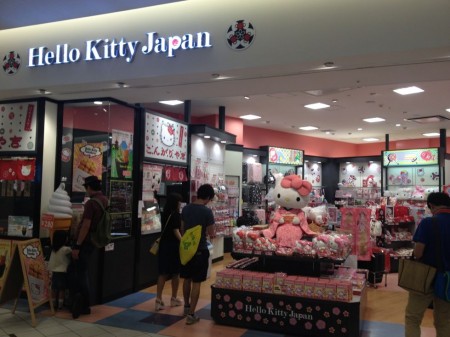
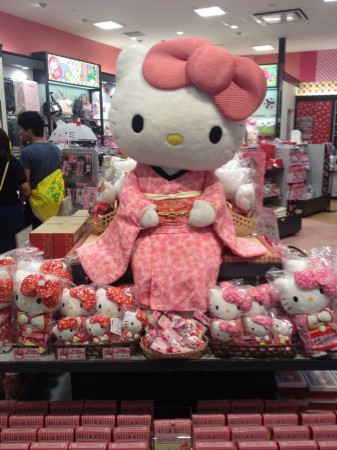
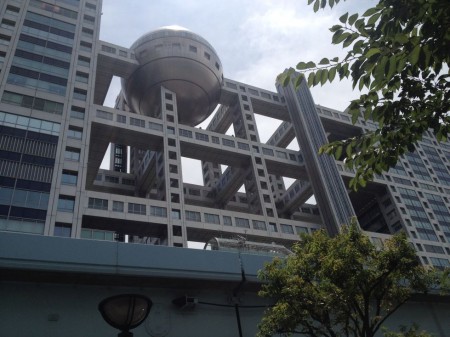
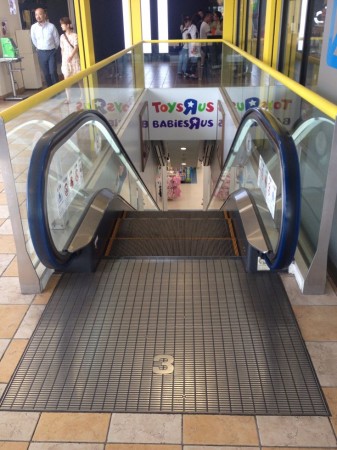
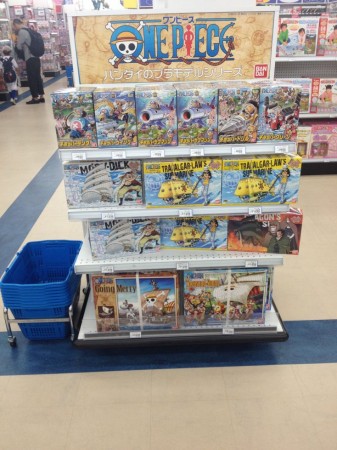
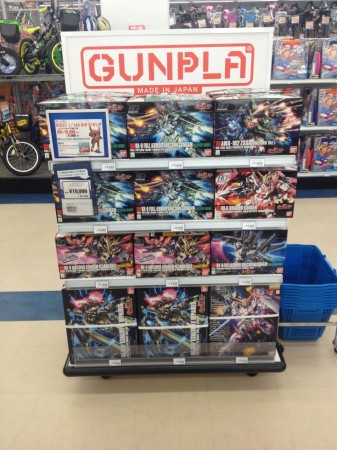
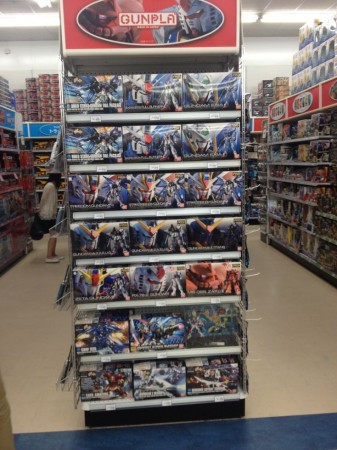
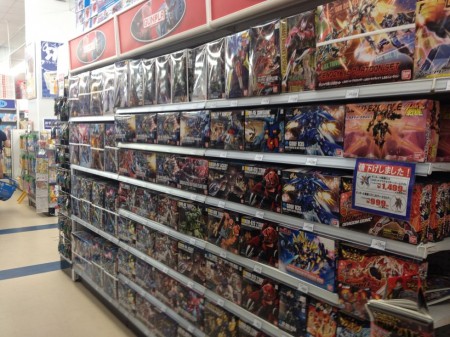
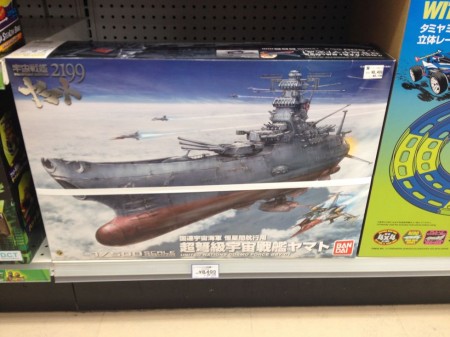
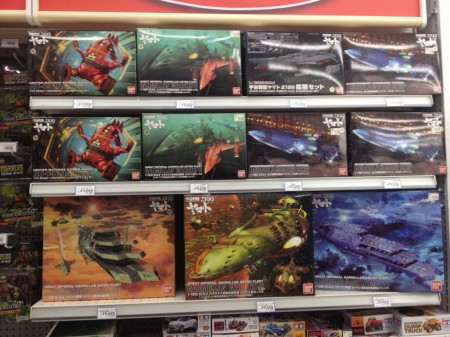
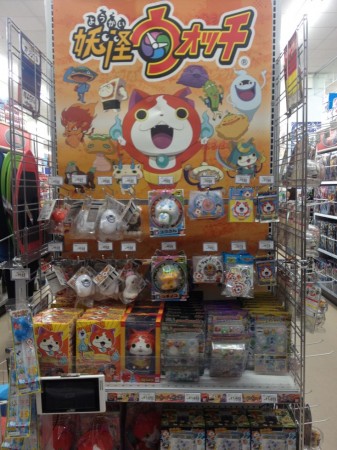
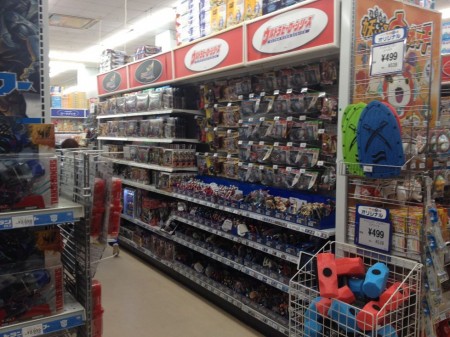
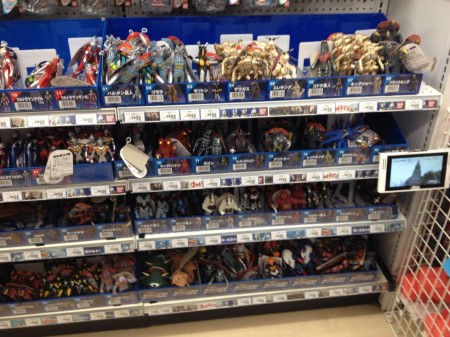
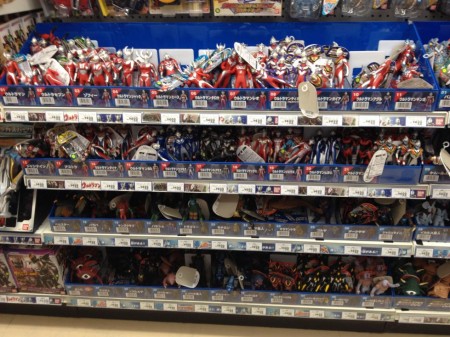
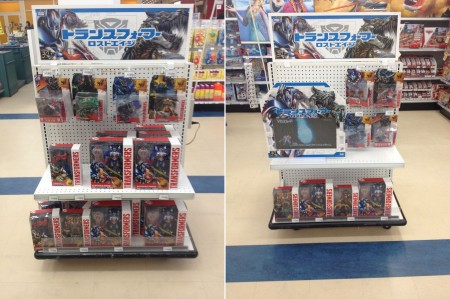

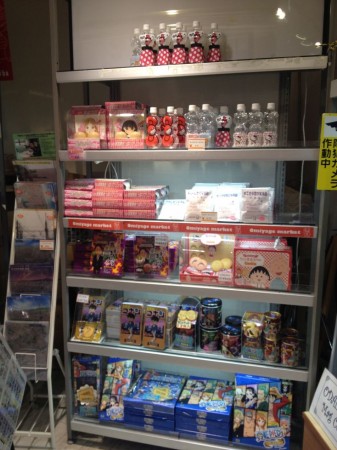
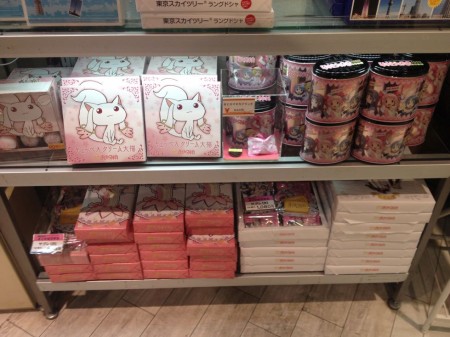
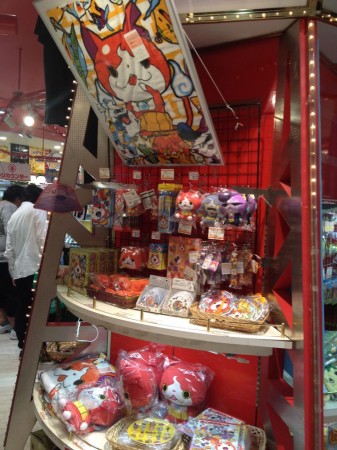
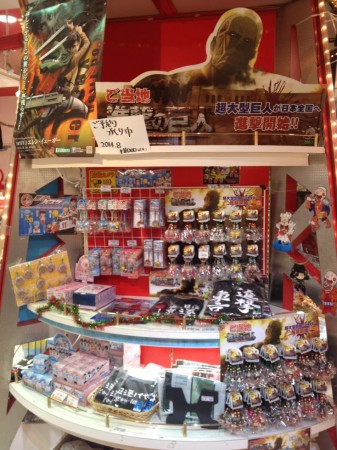
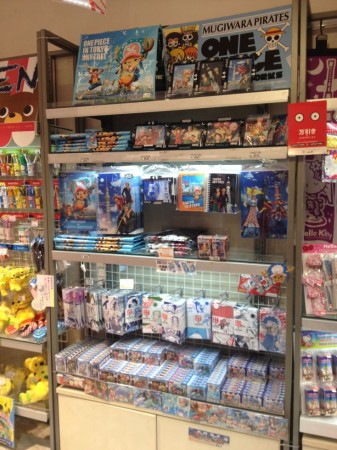
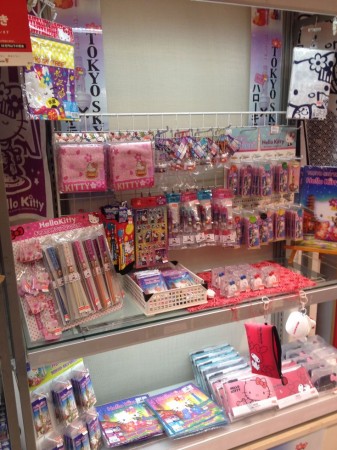
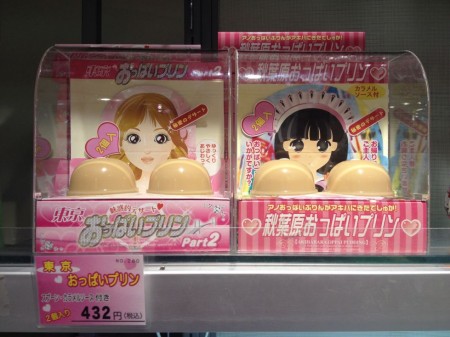

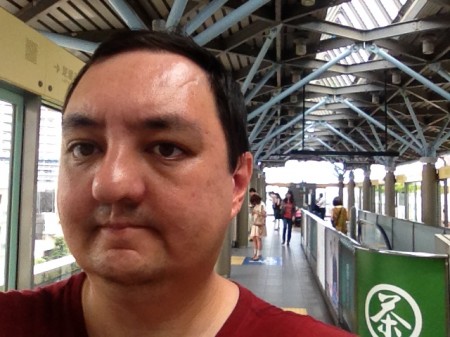

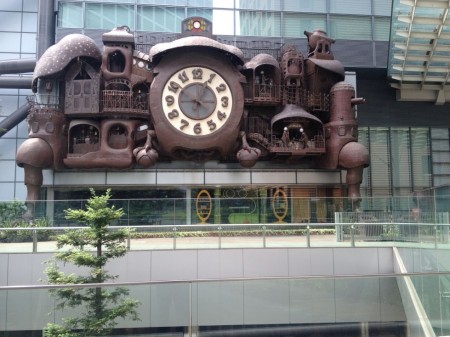
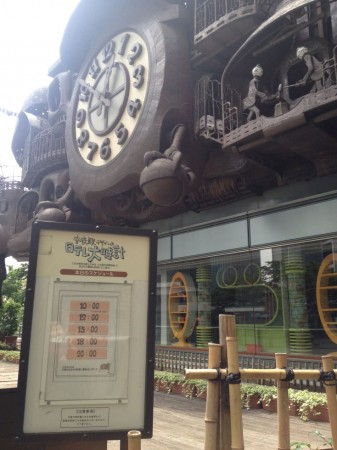
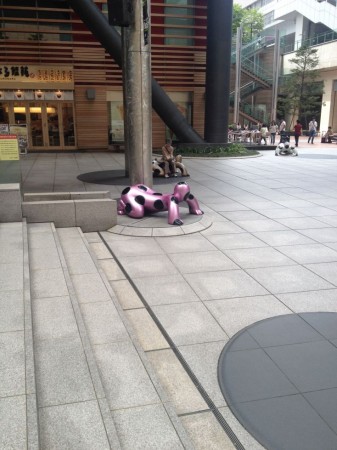
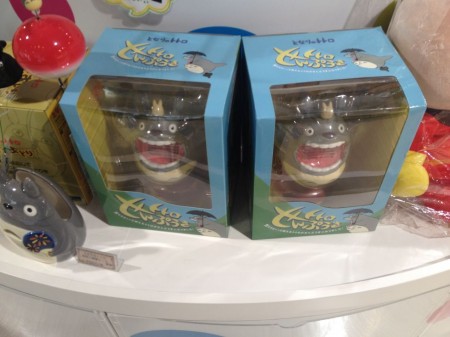
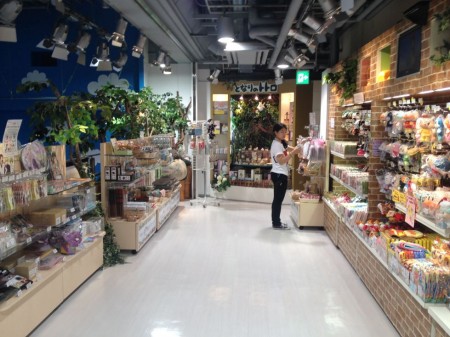
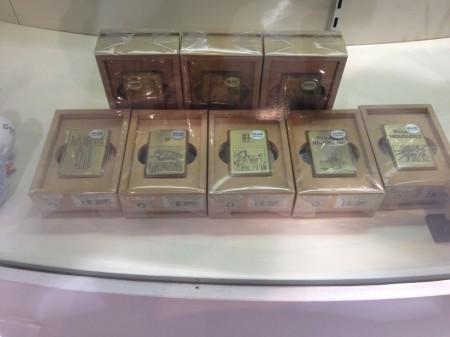
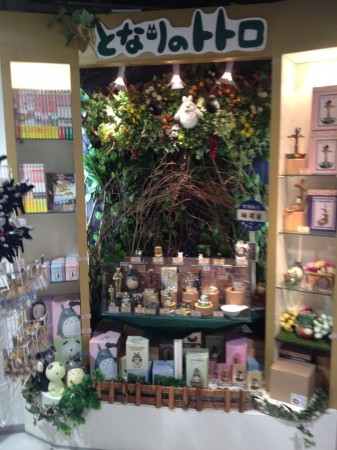
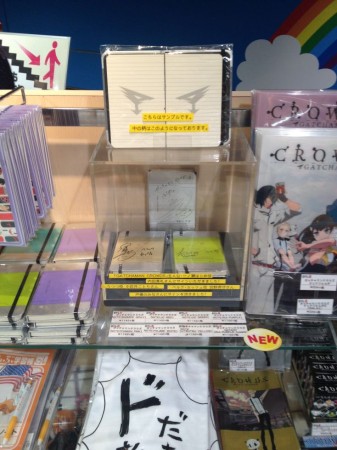
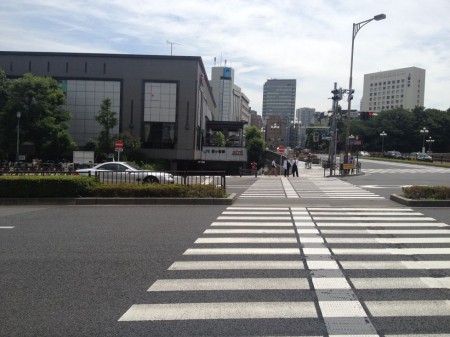
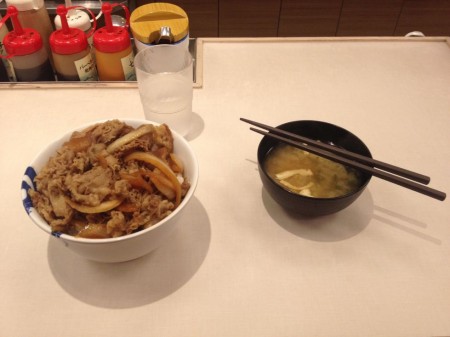


‘ Americans routinely drive an hour to work, yet here in Tokyo having to ride trains for more than 20 minutes renders most destinations too far away and too inconvenient to bother visiting.’
Man, they *are* spoiled. In L.A., 20 minutes to a destination on a train usually only happens on a *good day*.
‘Regrettably, I didn’t see any toys commemorating the upcoming Japanese release of the Godzilla movie.’
I don’t think they have confidence in that pic’s success over there. Not sure why, since they got a whole month to beat out TF4. But I guess it could end up being the Hollywood equivalent of the X-Box.
The new Godzilla movie is getting a real heavy marketing push here in Tokyo, but with two weeks before it’s theatrical release, the only toys here that I’ve seen were American toys that the Shinjuku Wald 9 theater imported as display items.
I’d think this would be the right time of the year to wear kimono, from a practicality standpoint. Covers what needs covering. Doesn’t touch where you’re prone to get sweaty.
Me? With my experience with bugs and sandspurs and other hazards in Florida, I wear trousers all year long. I think I’d try to get hakama if I were traveling in Japan.